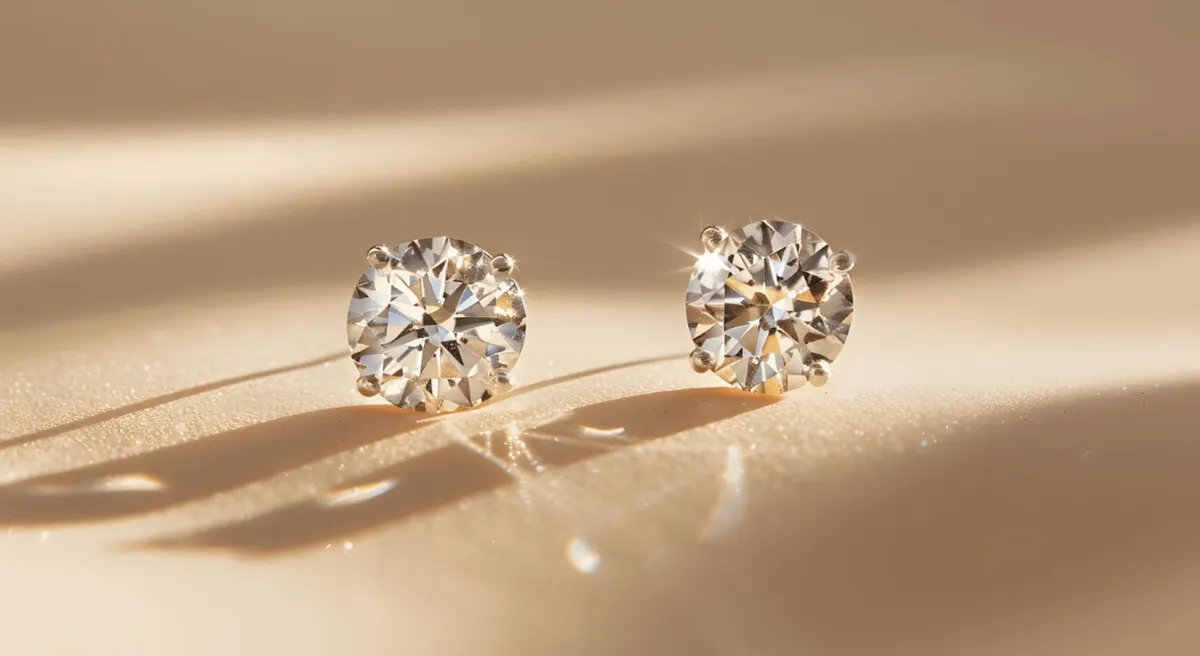
Stud Earrings: A Classic Jewelry Staple for Every Wardrobe
The Timeless Versatility of Stud EarringsWhen it comes to essential accessories, few pieces are as timeless and versatile as stud earrings. From the classic allure of pearls to the brilliance of diamonds, stud earrings are a staple in every jewelry c... Read more
Read more